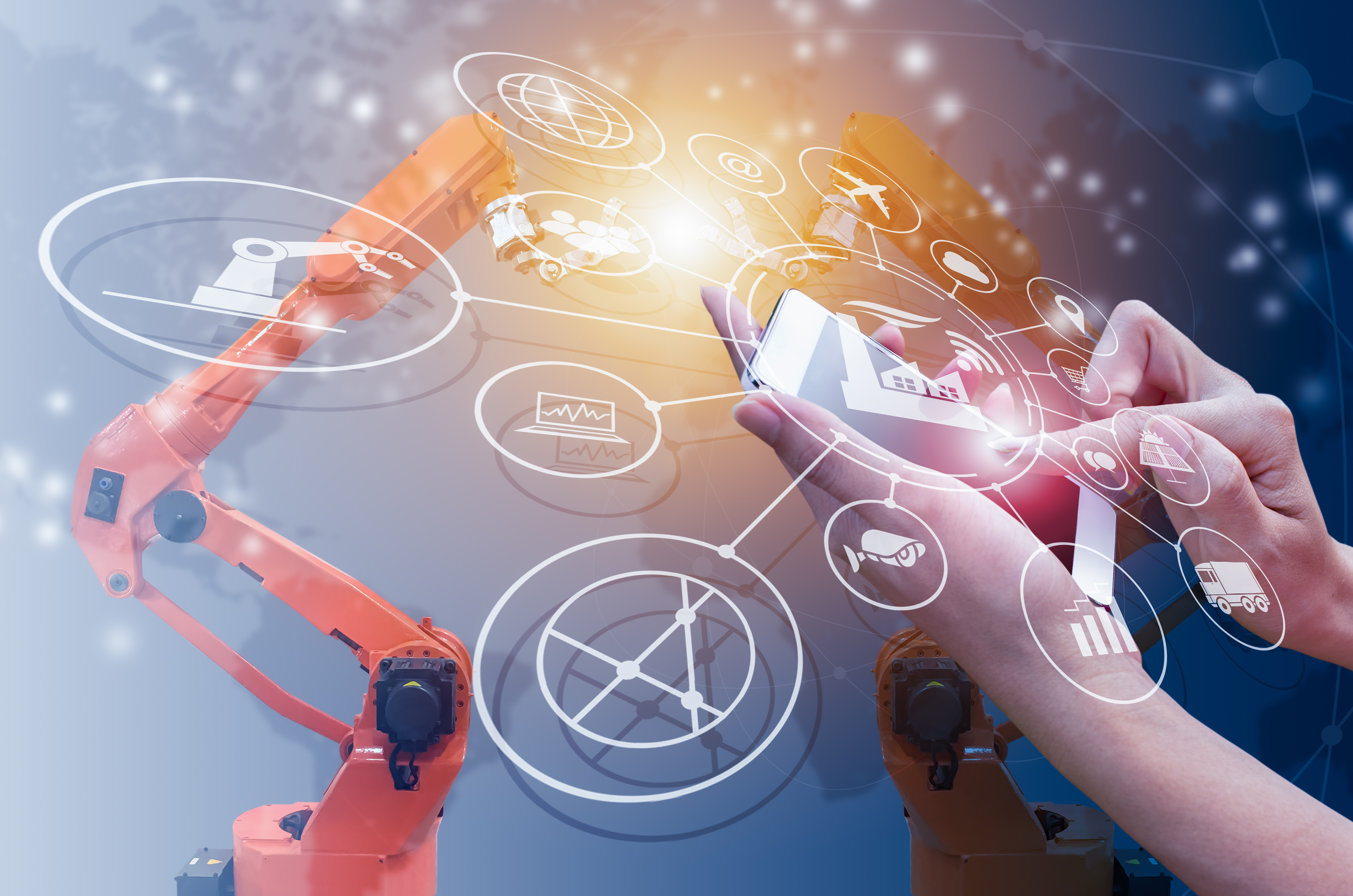
Image: Shutterstock
By Gina Roos, editor-in-chief
Technology continues to advance and evolve for Industry 4.0, also known as industrial internet of things (IIoT), as manufacturing systems become more complex. This higher complexity is driving the demand for advanced sensors, artificial intelligence (AI), faster connectivity, and better security.
At the same time, there are some great challenges for Industry 4.0 manufacturing engineers as they try to create fully interoperable and secure industrial networks that also need to be cloud connected and communicate in real time (see page 8). These complex manufacturing systems are using advanced sensing technology, AI algorithms, and robots to increase information and system control, said Renesas’ Garrett Yamasaki, which is fueling the adoption of smart manufacturing . This, in turn, requires a number of technologies to implement smart manufacturing processes, including digitalization, IoT, big data, and robotics.
In addition to designing industrial networks to be interoperable and increasing hardware security to prevent network attacks, a big challenge will be creating more intelligent endpoint devices that can act as IIoT gateways, Yamasaki said.
What’s accelerating Industry 4.0 is the combination of IoT and AI technologies, such as fault detection and classification, said contributing writer Majeed Ahmad. He reports the use of machine-learning algorithms and robot-based process handling can optimize modern manufacturing with huge savings in cost and worker-hours.
And one of the fundamental building blocks of Industry 4.0 designs is connected sensors, providing the backbone of the system. This leads to improvements in efficiency, safety, security, and quality control.
Semiconductor devices are another key ingredient in Industry 4.0 and IIoT designs. These include processors for edge computing, memory for data storage, data converters, and wired or wireless connectivity chips for remote sensing and cloud platform links.
Power management also plays a big role as we discover in contributing writer’s Maurizio Di Paulo Emilio’s article on power management ICs. He said power management is contributing to the industry’s transformation to smart factories, and these PMICs are becoming more highly integrated for Industry 4.0, packing advanced features that deliver higher efficiency and eliminate the need for many external components.
Energy management must meet design challenges as the industrial sector evolves and the convergence of IoT, data analysis, and cloud computing leads to new complex and connected industrial systems and ecosystems similar to the evolution of electric and autonomous vehicles, Di Paulo Emilio said.
He also finds that industry 4.0 requires high-performance components for industrial equipment, ranging from higher energy efficiency to robust operation in harsh environments. These applications also require smaller form factors. Energy management, efficiency, and motion control are a few areas of key importance in these new smart factories (see page 16).
For the past several years, a huge part of the IIoT focus has been on components like sensors and switches, but as Industry 4.0 continues to develop, energy efficiency has become imperative for real Industry 4.0 advances to take hold, said contributing writer Carolyn Mathas. This will require all types of energy-saving chips, from power modules to microprocessors and FPGAs.
Together, all of these technologies, from advanced sensors, robotics, and AI applications to cloud computing and big data analytics, will change the manufacturing landscape to incorporate more intelligent networked systems. These optimized smart factories will deliver higher production efficiency and cost savings by reducing energy consumption.
Advertisement
Learn more about Electronic Products Magazine








